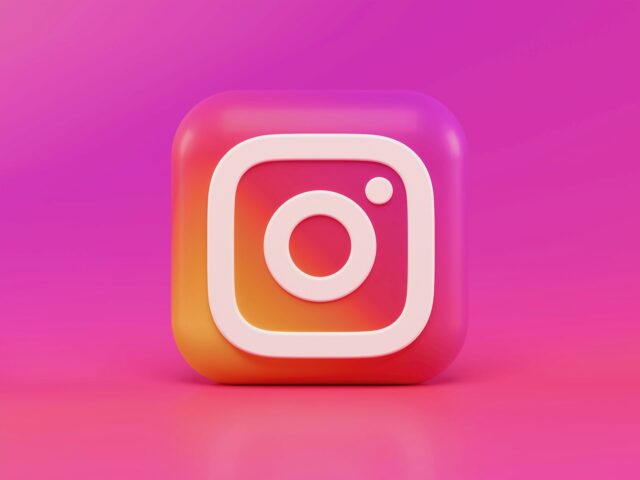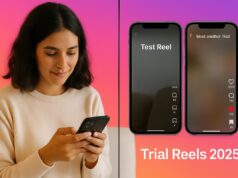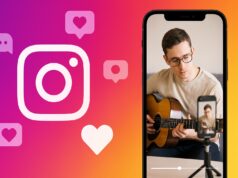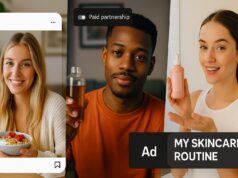It wasn’t long ago that beauty ruled Instagram. Glossy flatlays, transformation reels, and influencer routines drove billions in exposure.
But Q1 of 2025 is telling a different story that’s hard to ignore. According to new data, earned media value (EMV) for the beauty industry on Instagram has dropped 28% compared to the same time last year, falling from $1.18 billion to $847.6 million.
There’s been a noticeable slide across all significant categories: haircare, skincare, makeup, and fragrance. While some brands are still finding ways to shine, many are rethinking what beauty content actually works in a post-peak Instagram era.
By the way, if you want to stay connected and know everything about social commerce and never miss a beat, join Logie today! Click here
Beauty’s Instagram Slowdown in Full View
Let’s start with the stats. Haircare saw the steepest fall, down 48% year-over-year. Skincare wasn’t far behind, dropping 36%.
Makeup declined 19%, and fragrance, often a slower-moving category, fell 12%. For an industry that once thrived on viral GRWMs and makeup hauls, this decline isn’t just seasonal it’s a sign of shifting user habits.
So, what’s driving the downturn? Part of it is the natural lull after Q4, which traditionally sees a surge in holiday campaigns and gifting content. But this Q1 wasn’t just slow. It was missing a spark.
There were no viral skincare moments, major launches taking over feeds, and few “must-watch” influencer routines. With less scroll-stopping content and cautious post-holiday budgets, engagement naturally followed suit.

What’s Working
That said, it’s not all doom and gloom. Some brands are still thriving, and their secrets are fresh perspectives and niche plays.
Fragrance brands like Jo Malone London leaned into male celebrity partnerships, bringing in stars like South Korean actor Kim Hyun, whose campaign not only broadened their demographic but also created cultural moments that felt authentic and shareable.
In skincare, companies like Kiehl’s saw traction by collaborating with male influencers producing educational and humorous content breaking away from the overly curated aesthetic that’s begun to feel stale.
Meanwhile, haircare brands gained momentum through professional stylists who posted tutorial-style videos and transformation reels.
These weren’t highly-polished ads; they were grounded in skill and real-world results, which resonated with audiences hungry for authenticity.
This speaks to a larger trend: audiences are craving content that feels real, useful, and emotionally resonant. The influencer space is maturing, and brands clinging to old-school glam and surface-level content are finding themselves increasingly left behind.
Why Nano and Micro-Influencers Are the Real MVPs
Another key takeaway? Scale doesn’t always equal impact anymore. Nano and micro-influencers creators with smaller but highly engaged followings are seeing stronger performance than mega-influencers.
With followers ranging from a few thousand to around 100,000, these creators are often seen as more relatable, trustworthy, and responsive. And because their content tends to be less produced and more conversational, their audiences lean in rather than scroll past.
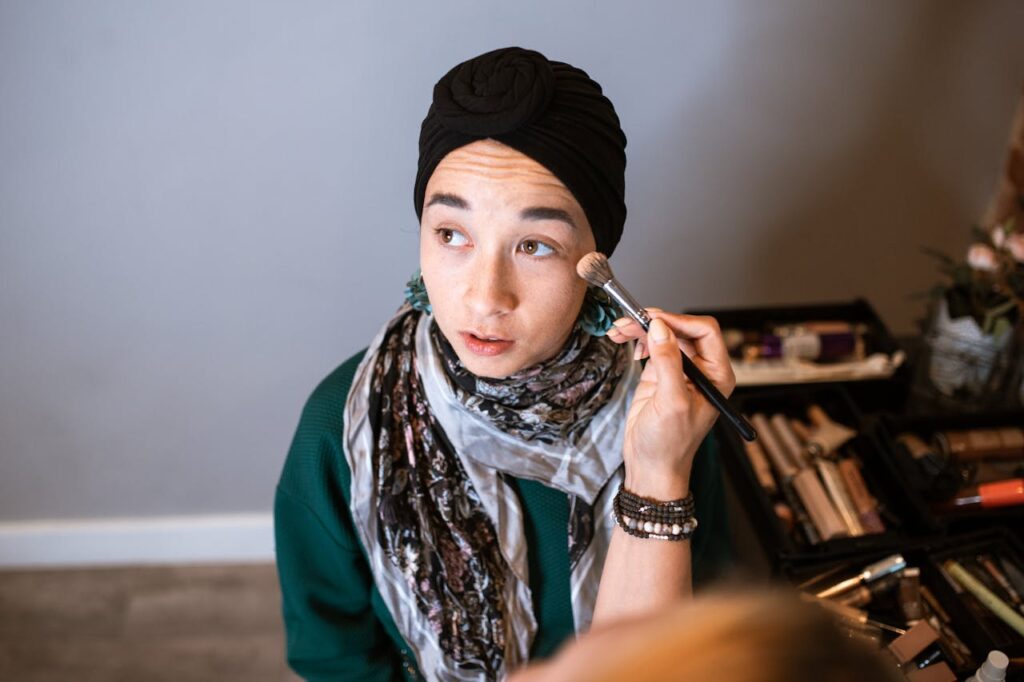
This shift is especially meaningful in a time when platform algorithms favor meaningful interaction over mass reach.
Brands working with nano creators are finding that not only do their engagement rates improve, but the cost of partnership is often significantly lower making it a smart move in a time of tighter budgets and growing uncertainty.
Strategic Longevity
Beyond content styles and influencer types, this decline in EMV may also reflect broader shifts in how the beauty industry approaches marketing.
In an increasingly fragmented landscape where platforms are evolving, regulatory changes loom (hello TikTok bans and trade tensions), and consumer trust is harder to earn brands are realizing that social buzz isn’t enough.
Long-term, performance-based partnerships are beginning to replace the quick-hit, one-off campaign model.
And with Instagram losing some of its cultural clout, especially among Gen Z, brands are diversifying where they show up.
TikTok, Pinterest, and YouTube Shorts are all gaining traction for beauty discovery. Meanwhile, creators themselves are building direct relationships with audiences via newsletters, subscriptions, and even their own e-commerce storefronts.
Instagram’s drop in beauty engagement may feel like an end but it might just be the beginning of something more sustainable and grounded.
Let’s be clear: beauty isn’t disappearing from Instagram. But the game has changed. Glossy perfection is no longer enough.
Audiences want depth, personality, utility, and connection. And they’re engaging most with the creators and brands that deliver that whether through storytelling, transparency, or simply by showing up as real humans.
So what should brands and influencers take from all this? Lean into creativity over polish. Invest in the creators who actually talk to their audience. Get comfortable experimenting with format and platform. Because the future of beauty isn’t less beautiful it’s just less filtered.


